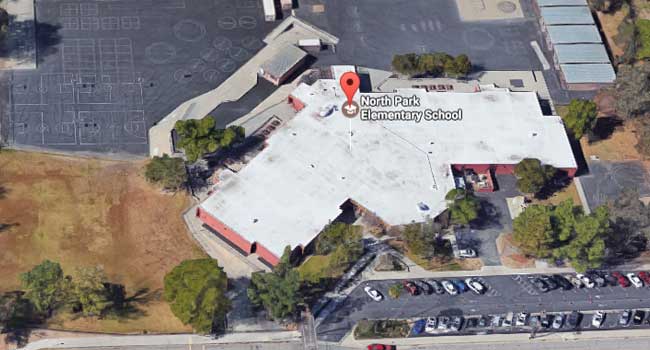
New Security Protocols for San Bernardino School Involved in Shooting
Visitors of North Park Elementary School will need to undergo a background check before being allowed on campus following the deadly shooting that killed 2 people and injured one more.
School officials announced the enhanced security measures to a crowd of people just three days after the deadly shooting. Most of the new security protocols are focused on who is allowed entrance into the school during instructional time.
Visitors are officially barred from venturing beyond the main office during school hours, according to officials. Anyone who would like to enter campus during other times of the day will need to pass a background check and will need to be fingerprinted before gaining entrance to the school building.
In cases where a visitor is invited to the school in a pre-planned activity, the person will need to produce a valid ID to officials in the main office. From there, the ID will be scanned and a printed version will be made for the visitor to wear as a badge.
In addition to the visitation rules, a new system to allow people into the front office will be used as well. The front doors will remain locked at all times. To gain entry, a visitor will buzz the front office who can view who is outside the front door. From there, front office officials can decide to let the person inside the main office.
The new rules and restrictions come as parents worry their students are no longer safe inside their school building.
Just a week ago, Cedric Anderson gained entry into the school by telling front office officials that he needed to give something to his wife, a teacher inside the school. When Anderson entered the room, he pulled a weapon and shot his wife several times, also hitting two students who happened to be near her at the time of the shooting. One of them died. Anderson then turned the gun on himself as other adults rushed to escort students from the room.
Classes resumed on Monday, April 17. Grief counselors were on hand to talk to students and children.